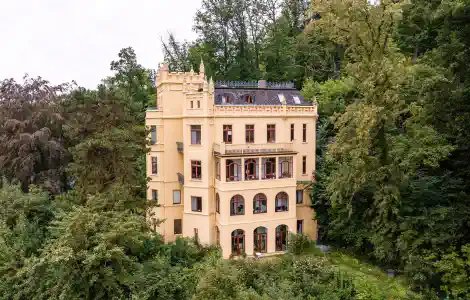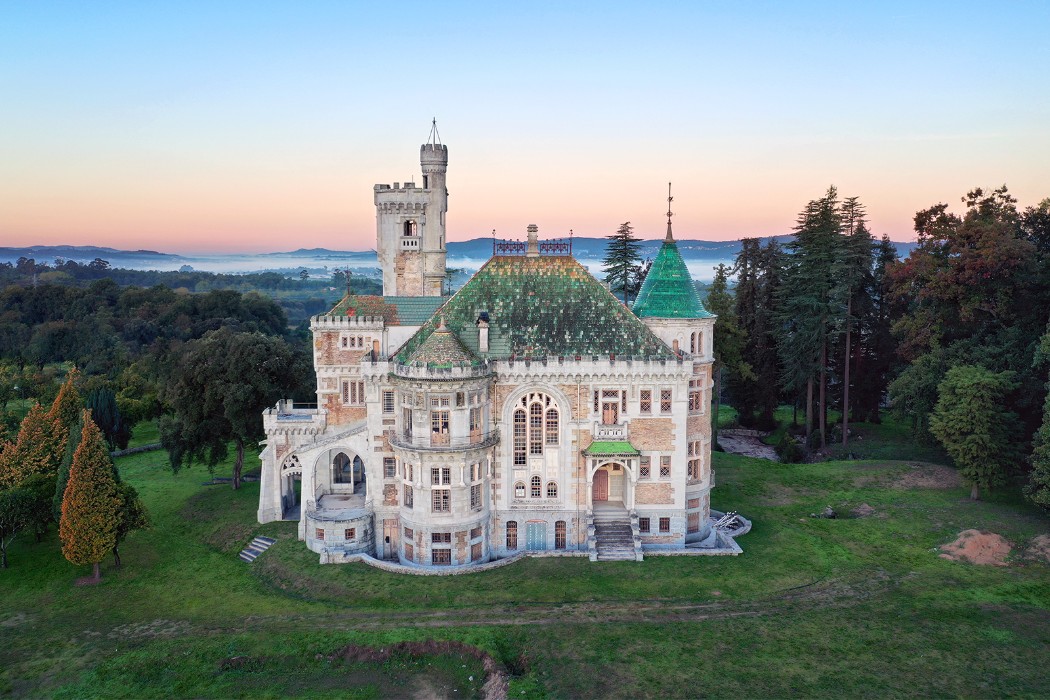-
Buy
Character properties overviewEuropean castles and manors
- United Kingdom
- All regions
- England
- Scotland
- Wales
- Northern Ireland
- Overseas
- Poland
- Czech Republic
- Italy
- France
- Germany
- Spain
- Austria
- Switzerland
- All countries
Popular overseas countries -
Sell
Free Single listingsSelling overseasPublish multiple listings
Find castle agents
Entrust the sale of your historic property to capable hands. REALPORTICO connects you with selected partners tailored to your specific needs, offering exceptional expertise in selling historic properties in the United Kingdom or abroad. You have the freedom to choose whom to collaborate with. Our presentation centered on heritage properties and supported by a local and global network, reaches a significantly broader audience compared to everyday real estate sources. - Portico Secrets Secrets
- E-Mail alert
- Blog
- Photoportico
-
Newsletter
- Extras
Character Homes for sale Gera
Read moreOnce the princely residence of the House of Reuss, Gera is now the third-largest city in Thuringia. Its character was shaped not only by aristocracy but also by the industrial boom of the late 19th and early 20th centuries, when Gera became a major hub of the textile industry. This prosperous period is still evident in the city’s remarkable diversity of villa architecture. With around 350 listed heritage properties, Gera ranks among the most architecturally significant cities in eastern Germany. In addition to numerous Historicist villas, the city is also home to grand tenement houses and former industrial buildings that now form part of its cultural heritage.
In districts such as Untermhaus, Debschwitz and Heinrichsgrün, entire ensembles of upper-middle-class residences emerged, preserving the spirit of the Gründerzeit era, Art Nouveau and Neo-Renaissance in impressive fashion. Many villas built by industrialists, merchants and bankers have been carefully restored and maintained. Even long-neglected properties of cultural significance, such as the Villa Meyer on Clara-Zetkin-Straße, are now being given new opportunities.
Remnants of the former Osterstein Palace, including the kitchen garden and orangery, as well as the summer residence Schloss Tinz, reflect the urban legacy of the Reuss princes. Gera has developed a distinctive profile by combining industrial history, residential culture and the arts — not least through native painter Otto Dix. Today, the city’s economy is supported by institutions such as the SRH Waldklinikum and companies in the fields of medical technology, logistics and the automotive sector.
Ideally located between Leipzig, Chemnitz and the Thuringian Forest, Gera offers a well-connected living environment with space for cultural and economic growth.

Sell your villa in Gera
Looking to sell a historic villa in Gera? List your property and reach targeted buyers directly. If desired, we can also connect you with a specialized REALPORTICO partner agent who will guide the sale of your heritage property with dedication and focus.


